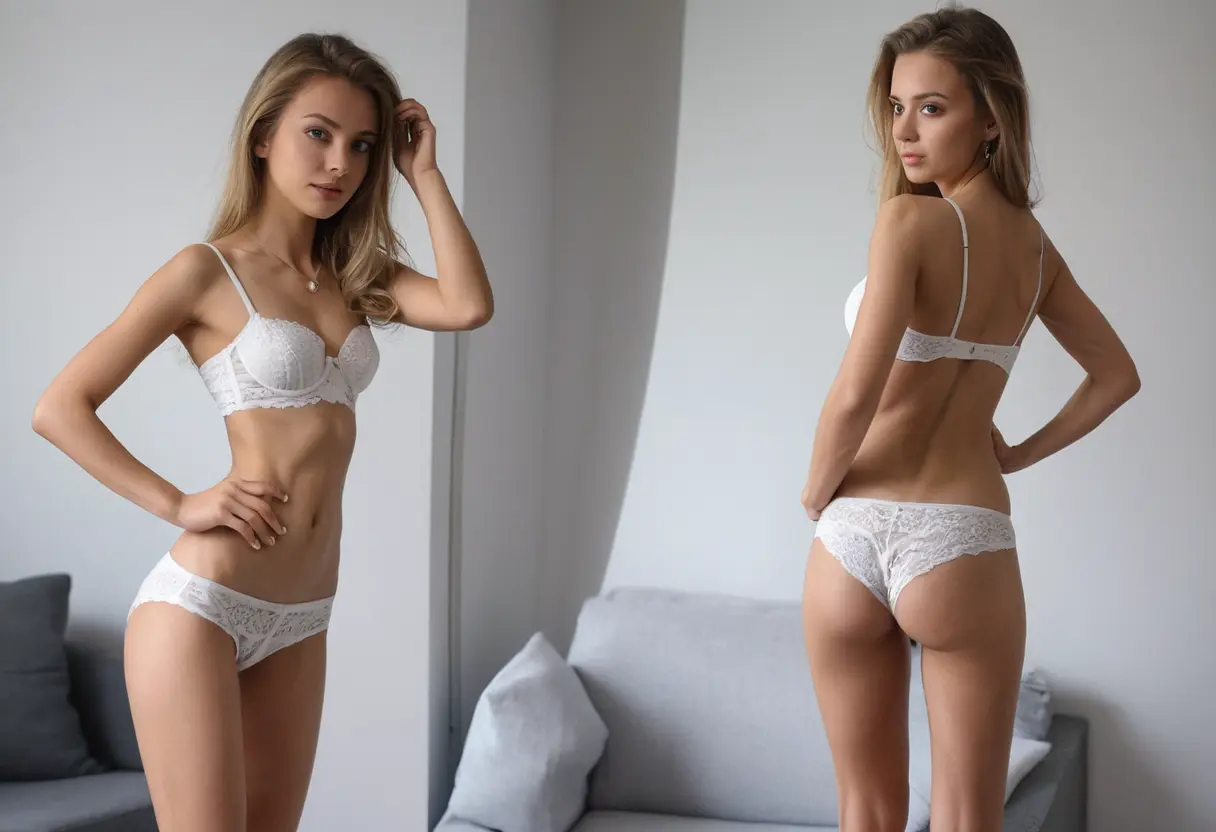The intersection of artificial intelligence (AI) and fashion has become a fascinating space for innovation, bringing unprecedented changes to the way clothing is designed, created, and marketed. With the rise of virtual clothing and digital fashion, AI is playing a critical role in shaping the future of the fashion industry. From creating realistic virtual outfits to enhancing customer experiences, AI is revolutionizing both the creative and operational aspects of fashion. This article will explore how AI is transforming the virtual clothing sector, the benefits it offers, and the challenges it presents for designers, brands, and consumers alike.
AI technologies are revolutionizing the way designers conceptualize and create virtual clothing. With the help of machine learning, computer vision, and generative design algorithms, designers can now create highly detailed and realistic clothing in a virtual environment. These AI-driven tools enable designers to experiment with different fabrics, patterns, and textures without the need for physical prototypes. Additionally, AI can assist in optimizing clothing designs based on consumer preferences, current trends, and historical fashion data.

Some key applications of AI in virtual clothing design include:

One of the most exciting applications of AI in virtual clothing is the ability for customers to virtually try on clothes before purchasing. This technology, often referred to as virtual try-on (VTO), uses AI to map a customer's body measurements and accurately display how clothes will fit in a digital environment. Through augmented reality (AR) or 3D simulations, consumers can visualize clothing on their own avatars, allowing for a more personalized and engaging shopping experience.

The key benefits of AI-driven virtual try-ons include:
AI is also transforming the way fashion brands market their products. By analyzing vast amounts of data from consumer behavior, social media, and sales trends, AI tools can help brands target the right audience with personalized advertisements and fashion recommendations. Machine learning algorithms can predict fashion trends, helping designers and retailers align their collections with what is most likely to appeal to consumers.
AI-driven fashion marketing has several key advantages:
While AI presents numerous opportunities in the fashion industry, it also comes with its own set of challenges and ethical considerations. One of the primary concerns is the potential for job displacement. As AI automates design processes, virtual try-ons, and marketing strategies, traditional roles in fashion, such as manual designers and fit models, may be reduced or altered.
Another challenge is the potential for bias in AI algorithms. AI systems are only as good as the data they are trained on, and if the data is biased, it could lead to unfair or discriminatory outcomes in fashion design, marketing, or product recommendations.
Some of the key ethical considerations include:
AI’s role in virtual clothing and fashion innovation is growing rapidly, offering exciting possibilities for designers, brands, and consumers alike. From transforming design workflows and enhancing customer experiences to improving marketing strategies and promoting sustainability, AI is reshaping the fashion industry in profound ways. However, as AI continues to evolve, the industry must address its challenges, including ethical concerns, data privacy, and the potential for job displacement. As the technology matures, it is likely that AI will continue to play a central role in the future of fashion, enabling even more creative and personalized experiences while pushing the boundaries of what is possible in virtual fashion.

The Impact of AI on Virtual Try-Ons and Digital Clothing Innovations

Understanding the Role of AI in Nude Image Creation and Its Ethical Implications

How AI Technology Can Safely Reveal Hidden Details in Photos

Exploring the Impact of Undress AI in Digital Media and Privacy

Best AI Powered Undressing Apps to Try in for Enhanced Privacy and Fun

Discover How Undressing AI is Revolutionizing Fashion and Retail Industries